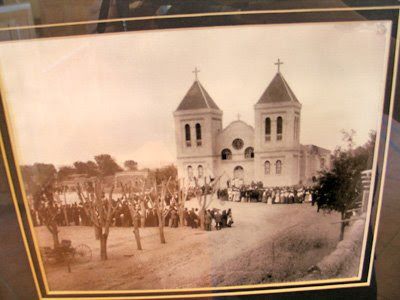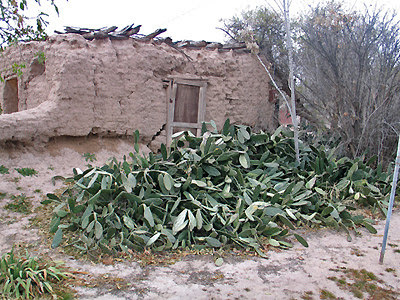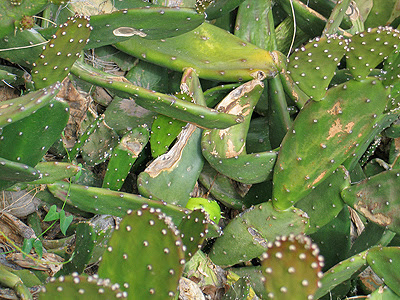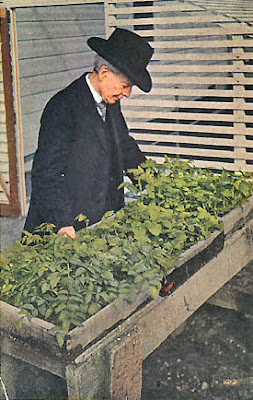La Posta – From the Founding of Mesilla, to Corn Exchange Hotel, to Billy the Kid Museum, to Famous Landmark
Labels: Adobe, Billy the Kid, Mesilla, Mesilla Plaza, San Albino
The News -- The Secrets -- The History!
Labels: Adobe, Billy the Kid, Mesilla, Mesilla Plaza, San Albino






Labels: Billy the Kid, Fountain Theater, History, Mesilla Plaza, San Albino
Labels: Billy the Kid, History, Mesilla
An Act to Incorporate "The Incorporation of Mesilla"Quoted in the Mesilla Valley Independent, May 4, 1878.
Be it enacted by the Legislative Assembly of the Territory of New Mexico:
SECTION 1. All owners and holders of real estate situated within the limits of Mesilla Grant in Dona Ana county who are actual residents within said limits, be, and they are hereby created a body politic and corporate under the name and style of the Incorporation of Mesilla and by that name may sue and be sued, plead and be impleaded; may hold real estate and have a common seal.
SEC. 2. That the officers of said incorporation shall consist of three commissioners each one of whom shall be a qualified voter under this act. Said commissioners shall have authority to take control of all real estate held in common by said Incorporation, and shall make such rules for the government of the same as they may deem just and proper, and shall have the power to lease or rent, and with the consent of two thirds of the voters under this act to convey and dispose of such real estate, and to make deeds of conveyance therefore.
Sec. 3. The said commissioners shall be elected at an election to be held on the first Monday of January of each year. Each owner and holder of real estate within the limits of said incorporation who is an actual resident therein shall be entitled to one vote for each terreno of land he may own or hold within said limits, and one vote for each separate portion of terreno; the three persons receiving the highest number of votes cast shall be declared elected, and shall respectively hold office for one year, and until their successors are elected and qualified. The commissioners elect shall take the same oath that is required by justices of the peace.
SEC. 4. The commissioners shall elect one of their number as President, one as Secretary, and one as Treasurer. The President shall call meetings of the board whenever the business of the incorporation shall require, or whenever petitioned to do so by twenty qualified voters. Whenever the said commissioners shall deem it necessary or proper to sell or lease any real estate, belonging in common to said corporation they shall call a meeting of all the members of said corporation, by giving five days public notice of the same, and shall present the project fully to the meeting who shall take a vote theron, and if two thirds of the votes cast are in favor of the project, then the said commissioners shall have full power to sell or lease the lands voted on, and in case of an absolute sale, the signature of the president of said commissioners, attested by the signatures of the secretary and the seal of the incorporation, shall be sufficient to convey all the title of the said corporation to said land.
SEC. 5. That until the first election under this act, the Governor shall appoint three commissioners, who shall have all the powers that are by this act granted to commissioners elected under its provisions.
SEC 6. This act shall be in force and effect from and effect from and after its passage and approval.
Approved Feb'y 15th, 1878






Labels: Luther Burbank, Spineless Cactus

Labels: Mesilla, Mesilla Plaza, News


Labels: Adobe, Misc Images


"For five years or more the cactus blooming season was a period of torment to me both day and night. Time and again I have declared from the bottom of my heart that I wished I had never touched the cactus to attempt to remove its spines. Looking back on the experience now, I feel that I would not have courage to renew the experiments were it necessary to go through the same ordeal again.
Not only would the little spicules find lodgement everywhere in my skin, but my clothing became filled with them, and the little barbs would gradually work their way through the cloth and into my flesh, causing intense irritation."






Labels: Adobe, History, Luther Burbank, Spineless Cactus